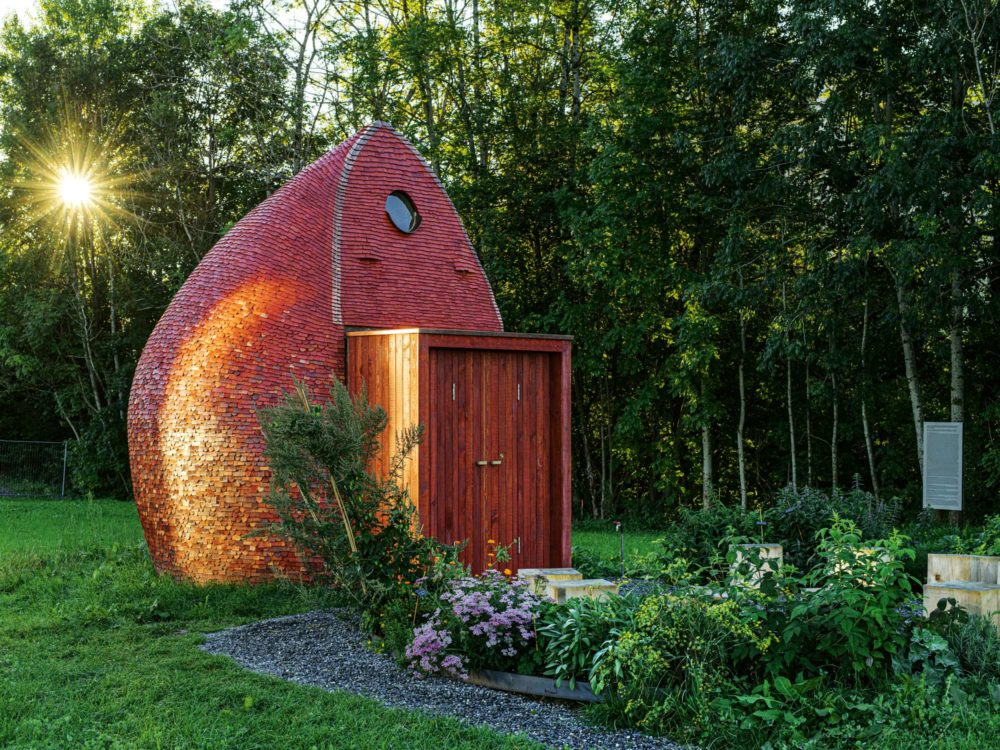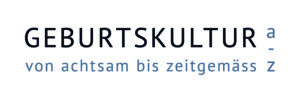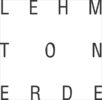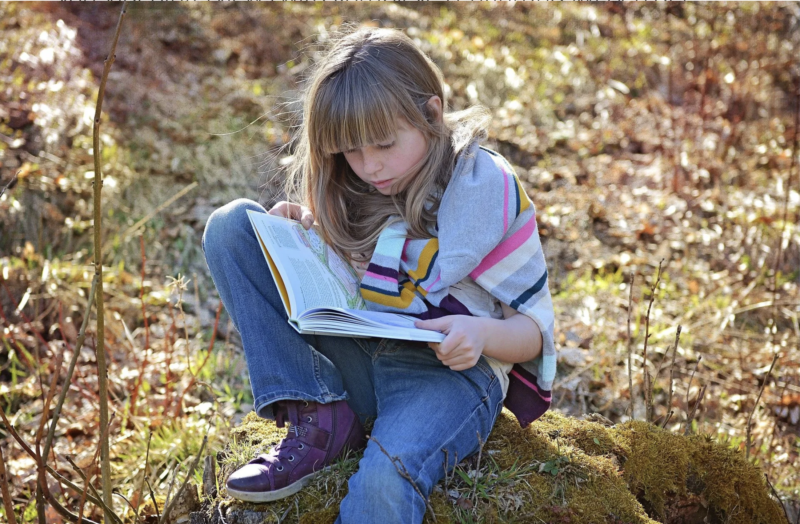Project Funding: “Raum für Geburt und Sinne” (“Room for Birth and the Senses”) – art project and prototype with a vision for the future

Light, smell, colour, temperature, material and surface texture play an important role in our perception. The “Room for Birth and the Senses” consists of a walk-in clay body that makes it possible to directly experience the influence of space and environment on birth and physical regeneration processes. The art project represents a plea for a creative and contemporary approach to the topics of room and birth.
holistic birth, birthing room, health
Initial Situation
The “Room for Birth and the Senses” aims to prepare the ground for a new, holistic consciousness in which spaces and materials support physiological and regenerative processes. The object, reduced to the essence of a functional delivery room, calls for an increased focus on the senses. The “Room for Birth and Senses” is also a counter-design to the sterile and clinical setting of today’s predominantly risk-focused obstetrics. It makes it clear that various factors interact to ensure a feeling of safety and security for the intimate birthing process.
Solution Approach
The vaulted room structure was manufactured/prefabricated using 3,500 lightweight, straw-reinforced clay bricks that were built onto a solid wooden platform and delivered in two segments weighing almost 12 tonnes from the production hall at Lehm Ton Erde Baukunst in Schlins to the construction site in Hittisau. For weather protection, the “Room for Birth and the Senses” was given a playful plumage of red-glazed spruce shingles, which were attached directly to the clay bricks without a substructure.
In this “experiment”, clay and lime smooth are tested and directly experienced with their positive and calming effect on the human nervous system and their antibacterial, antiseptic properties as sensible and suitable materials for birthing rooms, but also for hospitals, holistic health centres, wellness hotels or public spaces such as generation houses and community centres and the like. The natural materials can be obtained in our latitudes. Their robustness and sustainability in the sense of nature-friendly, environmentally friendly and resource-saving construction are very impressive.
The Project
A sense of calmness, warmth, and trust – qualities that are particularly important during the birth of a child. Well-being is an important factor for the expectant mother as well as for her newborn and its father in order to start a life together in comfort. Both material and immaterial qualities such as time, light, warmth, acoustics and surface quality have a significant impact on the birth process – in addition to professional support from obstetricians, of course. Some building materials are particularly well-suited for this purpose: for example, the natural building materials of loam and smooth lime.
Clay creates a special atmosphere and offers a spatial response to the basic needs of the senses. With its material-specific properties, clay has a regulating effect on the nervous system and thus creates a calming, protective framework for the intimate birth process.
All this was an incentive for Anka Dür (an architect and currently a midwife in training) to design a contemporary birth space with birthing rooms made of clay as her final project in her architecture degree.
Shaped as a kind of capsule corresponding to the anatomy of the female body, the unique birthing room stimulates the senses of the woman giving birth and supports an active birthing process. The room is designed as an experimental space, where visitors can assume various body positions, including birthing positions, or simply relax in peace.
The Effects
- Direct results (output): the “Space for Birth and the Senses” demonstrates that natural building materials such as clay and slaked lime are suitable materials for social and healthcare-related construction. Due to their antibacterial and antiseptic properties and calming effect on the human nervous system, they can be used for birthing spaces but also for hospitals, holistic health centres, wellness hotels or public spaces such as generation houses and community centres.
- Medium-term effects (outcome): in the medium term, the results are to be incorporated into the construction of a contemporary birth centre in Vorarlberg. We see this as a supplement to existing hospitals with obstetric wards, oriented towards women/couples who prefer to give birth in an out-of-hospital setting after a complication-free pregnancy. From a time perspective, the birth centre is to be realised in 2023.
- Long-term effects (impact): in the long term, spaces for birth, health and community can and should be thought of and built “differently”. In view of the great burdens on our environment and rapidly developing climate change, it is time to also change the building industry to environmentally friendly and resource-saving materials and production methods and a so-called “circulatory architecture”.




